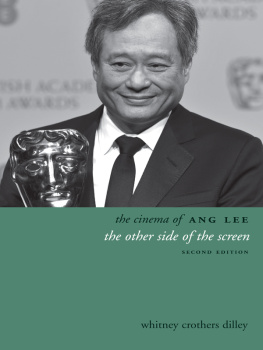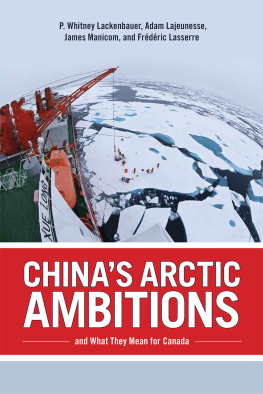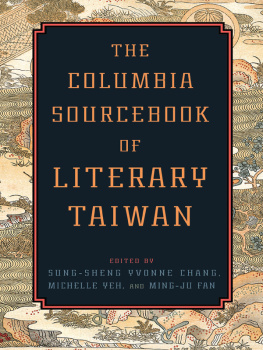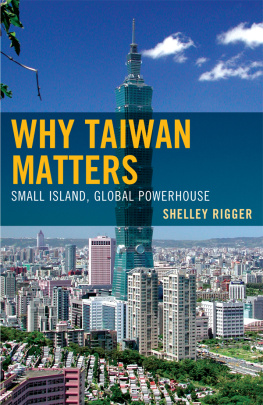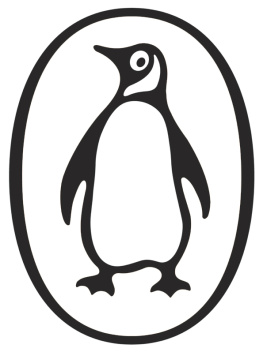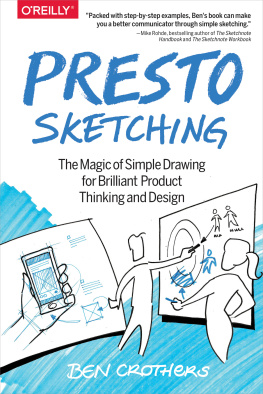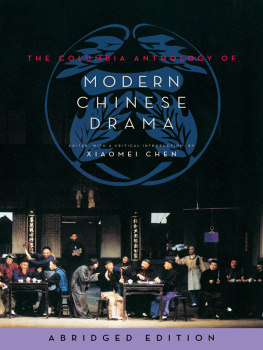the cinema of ANG LEE
DIRECTORS CUTS
Other titles in the Directors Cuts series:
the cinema of EMIR KUSTURICA: notes from the underground
GORAN GOCIC
the cinema of KEN LOACH: art in the service of the people
JACOB LEIGH
the cinema of WIM WENDERS: the celluloid highway
ALEXANDER GRAF
the cinema of KATHRYN BIGELOW: hollywood transgressor
edited by DEBORAH JERMYN & SEAN REDMOND
the cinema of ROBERT LEPAGE: the poetics of memory
ALEKSANDAR DUNDJEROVIC
the cinema of GEORGE A. ROMERO: knight of the living dead
TONY WILLIAMS
the cinema of TERRENCE MALICK: poetic visions of america
edited by HANNAH PATTERSON
the cinema of ANDRZEJ WAJDA: the art of irony and defiance
edited by JOHN ORR & ELZBIETA OSTROWSKA
the cinema of KRZYSZTOF KIESLOWSKI: variations on destiny and chance
MAREK HALTOF
the cinema of DAVID LYNCH: american dreams, nightmare visions
edited by ERICA SHEEN & ANNETTE DAVISON
the cinema of NANNI MORETTI: dreams and diaries
edited by EWA MAZIERSKA & LAURA RASCAROLI
the cinema of MIKE LEIGH: a sense of the real
GARRY WATSON
the cinema of JOHN CARPENTER: the technique of terror
edited by IAN CONRICH AND DAVID WOODS
the cinema of ROMAN POLANSKI: dark spaces of the world
edited by JOHN ORR & ELZBIETA OSTROWSKA
the cinema of TODD HAYNES: all that heaven allows
edited by JAMES MORRISON
the cinema of STEVEN SPIELBERG: empire of light
NIGEL MORRIS
the cinema of WERNER HERZOG: aesthetic ecstasy and truth
BRAD RAGER
the cinema of
ANG LEE
the other side of the screen
SECOND EDITION
whitney crothers dilley
A Wallflower Press Book
Wallflower Press is an imprint of
Columbia University Press
Publishers Since 1893
New York Chichester, West Sussex
cup.columbia.edu
Copyright 2015 Columbia University Press
All rights reserved
E-ISBN 978-0-231-53849-7
Library of Congress Cataloging-in-Publication Data
Dilley, Whitney Crothers.
The cinema of Ang Lee : the other side of the screen / Whitney Crothers Dilley. Second edition.
pages cm. (Directors cuts)
Includes bibliographical references and index.
ISBN 978-0-231-16772-7 (cloth : alk. paper) ISBN 978-0-231-16773-4 (pbk. : alk. paper) ISBN 978-0-231-53849-7 (ebook)
1. Lee, Ang, 1954Criticism and interpretation. I. Title.
PN1998.3.L438D55 2014
791.4302'33092dc23
2014022600
A Columbia University Press E-book.
CUP would be pleased to hear about your reading experience with this e-book at .
Book design by Rob Bowden Design
Cover image: Getty
References to websites (URLs) were accurate at the time of writing. Neither the author nor Columbia University Press is responsible for URLs that may have expired or changed since the manuscript was prepared.
CONTENTS
THE AUTHOR HAS incurred personal and professional debts to more people than can be named here, and owes the successful publication of this book primarily to Kai-chong Cheung, whose support of this research has been invaluable, and Milan V. Dimi, whose timely counsel and enthusiasm helped propel this work forward. Thanks to friends and colleagues Peng-hsiang Chen, Chen-ching Li, John Hu, Tienen Kao, Heidi Yu, Yung-aun Li, Charlene Chen, Peter Lin, Alex Rath, Yvette Huang, Irene Wang, Stephanie Pu, Kelly Weng, Song Hwee Lim, Kien Ket Lim, Ru-Shou Robert Chen, Ivy I-Chu Chang, Li-Chun Hsiao, Hsiu-Chuang Deppman, Song-Yong Sing, Che-ming Yang, Hui-Fen Chin, George Huang, Peng Hsiao-yen, Chang Hsiao-hung, Wenchi Lin, Eileen Cheng-yin Chow, Emilie Yueh-yu Yeh, Darrell W. Davis, and especially Ching-hsien Wang at the University of Washington, Douglas Kellner at UCLA, and Jerome Silbergeld at Princeton for academic inspiration.
Jennifer Crewe, director at Columbia University Press, and Yoram Allon, consulting editor to Columbia University Press and founder of Wallflower Press, have offered their illimitable support to this work and have been instrumental in its successful completion. Columbia University Press senior manuscript editor Roy E. Thomas also deserves commendation for his detailed attention and expertise. The author is grateful to the many individuals, particularly Jacqueline Downs, Curtis Quick, and Linda Theriault, whose insightful critiques aided in preparing early drafts of the manuscript, and to the anonymous reviewers for reading the manuscript and providing valuable input and suggestions. Staff at the Chinese Taipei Film Archive in Taiwan, under the directorship of Winston T. Y. Lee, have been extremely helpful in unearthing resources from Ang Lees early filmmaking days, including the earliest published version of Lees award-winning screenplay for Pushing Hands. Shih Hsin University generously awarded the author a sabbatical leave and two substantial research grants, which allowed for the completion of much of this research.
To Larry, a great husband, and to Michelle Kup, a faithful friend. Thanks to Robert, Judith, and Tim Crothers.
Finally, this is for Liza, Stephen, and Chris, and all those who vividly remember New Canaans ice storm of 1973.
THE TITLES OF all Chinese-language sources in the notes and bibliography are rendered in pinyin according to the system of romanization for Chinese written language based on the pronunciation of the northern dialect of Mandarin Chinese. Since most readers know more of the standard pinyin romanization than the Wade-Giles or Yale systems used in Taiwan, all Chinese-language names and terms are romanized in pinyin, except in cases where the persons name is widely known in a different romanization system, or the transliteration is already available in Yale or Wade-Giles. For clarity and consistency in discussion of the films, all actors names from Ang Lees films are romanized according to cast lists accompanying the films, and all Chinese-language characters names are romanized to match the names as they are rendered in the films subtitles.
Repression is a main element of my movies. Its easier to work against something than go along with something.
The Auteur
Ang Lees talent for drawing out the best from his actors is mixed with his flawless incorporation of the natural environment, utilizing breathtaking vistas and frames. In Sense and Sensibility (1995), animals, hedges, and the natural effects of wind create subtleties in mood; in Ride with the Devil (1999), sun-dappled woods filmed on location in Missouri coupled with peaceful scenes of farmstead domesticity contrast markedly with the bloody and violent battles that take place in that setting. In Crouching Tiger, Hidden Dragon (Wohu canglong, 2000), he utilizes the startling green bamboo grove and the grid of old Beijing; in Brokeback Mountain, the hundreds of sheep stumbling up a mountainside, the headlights of a lone truck moving at a distance down a country road; in The Ice Storm, the cool metallic look of ice-encased branches and snow-slick streets. All are extremely evocative and unforgettable, almost haunting, images. It is the style of Ang Lee: emotionally resonant (in human relationships) and visually splendid (in the natural world).

